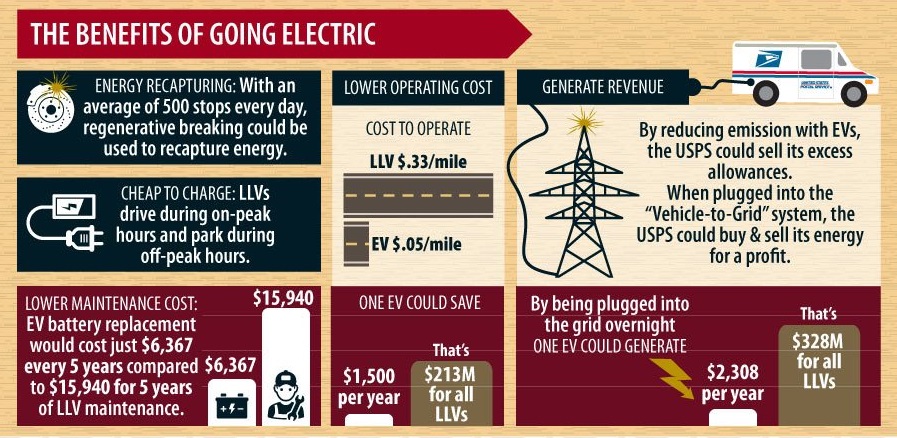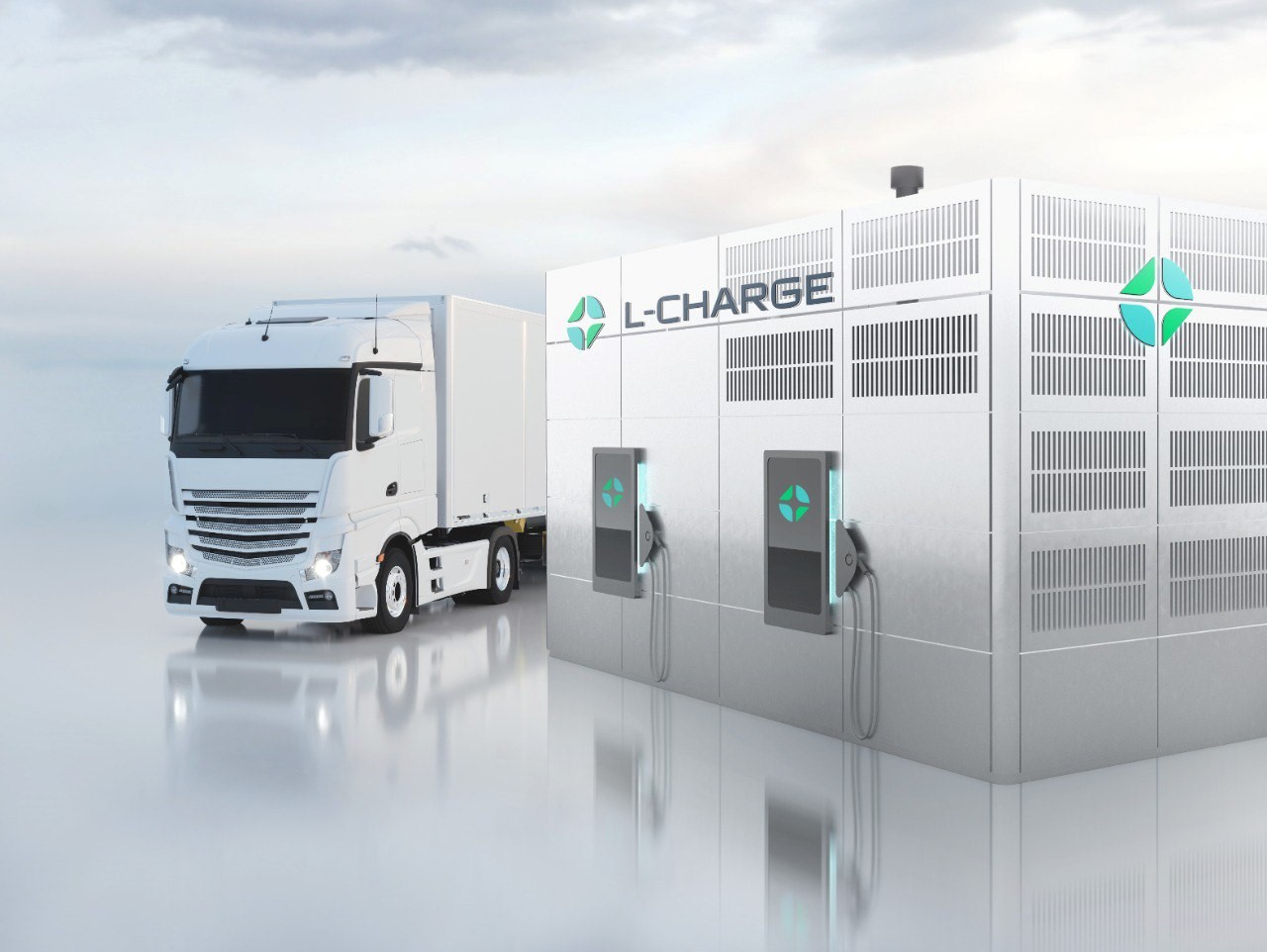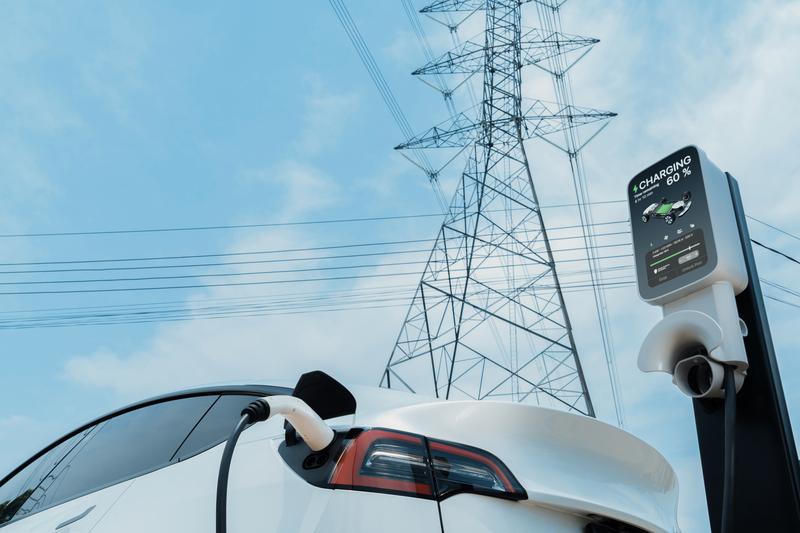
Charging stations like these will be installed at hundreds of new S&DCs across the country throughout the year and will power what will be the nation's largest EV fleet. Electrification and modernisation of the Postal Service's delivery fleet is part of the organisation's US$40 billion investment strategy to upgrade and improve the USPS processing, transportation, and delivery networks.
At yesterday's event, USPS also showcased new battery-powered and domestically manufactured commercial off-the-shelf (COTS) delivery vehicles that will make up a portion of the Postal Service's EV fleet. Deployment of electric delivery trucks will start in Georgia and then expand to other locations across the country throughout the year. The vehicles feature air conditioning and advanced safety technology and are designed to meet modern operational requirements.
The procurement of EVs and charging stations is enabled by the Postal Service's overall network modernisation efforts, which allow more rapid EV deployment, as well as its improving financial condition, which includes US$3 billion in congressional funding appropriated under the Inflation Reduction Act (IRA).
As part of its 10-year Delivering for America (DFA) plan, the Postal Service expects to convert approximately 400 selected sites into S&DCs nationwide. These centres, which provide faster and more reliable mail and package delivery over a greater geographic area, will serve as the local hubs to deploy EVs along local carrier routes. As of January 2024, the Postal Service has opened 29 S&DCs nationwide.
The charging stations displayed at the Atlanta S&DC were manufactured by Siemens. These stations will be able to efficiently charge Postal Service EVs overnight prior to the next day's deliveries. The Postal Service's first 14,000 EV chargers will be manufactured by three suppliers: Siemens, Rexel/ChargePoint, and Blink.
Yesterday's event featured battery electric COTS vehicles manufactured by the Ford Motor Company. USPS plans on procuring a total of 21,000 COTS EVs, including 9,250 from Ford, depending on market availability and operational feasibility. In addition, the Postal Service anticipates adding at least 45,000 battery-electric next generation delivery vehicles (NGDVs) by 2028, bringing the total number of EVs in the delivery fleet to more than 66,000. This represents one of the largest commitments to vehicle electrification in the US. USPS will also continue to explore the feasibility of achieving 100% electrification for its delivery vehicle fleet.
In addition, updating and modernising the Postal Service's fleet will allow delivery vehicles to haul larger volumes of mail and packages. For example, the Ford E-Transits displayed at yesterday's event have nearly three times the cargo capacity of the Grumman LLV delivery vehicles that the Postal Service currently uses. Increased cargo capacity will reduce inefficient transportation, improve delivery operations, and eliminate the need for many second trips carriers take to deliver high volumes of packages.












